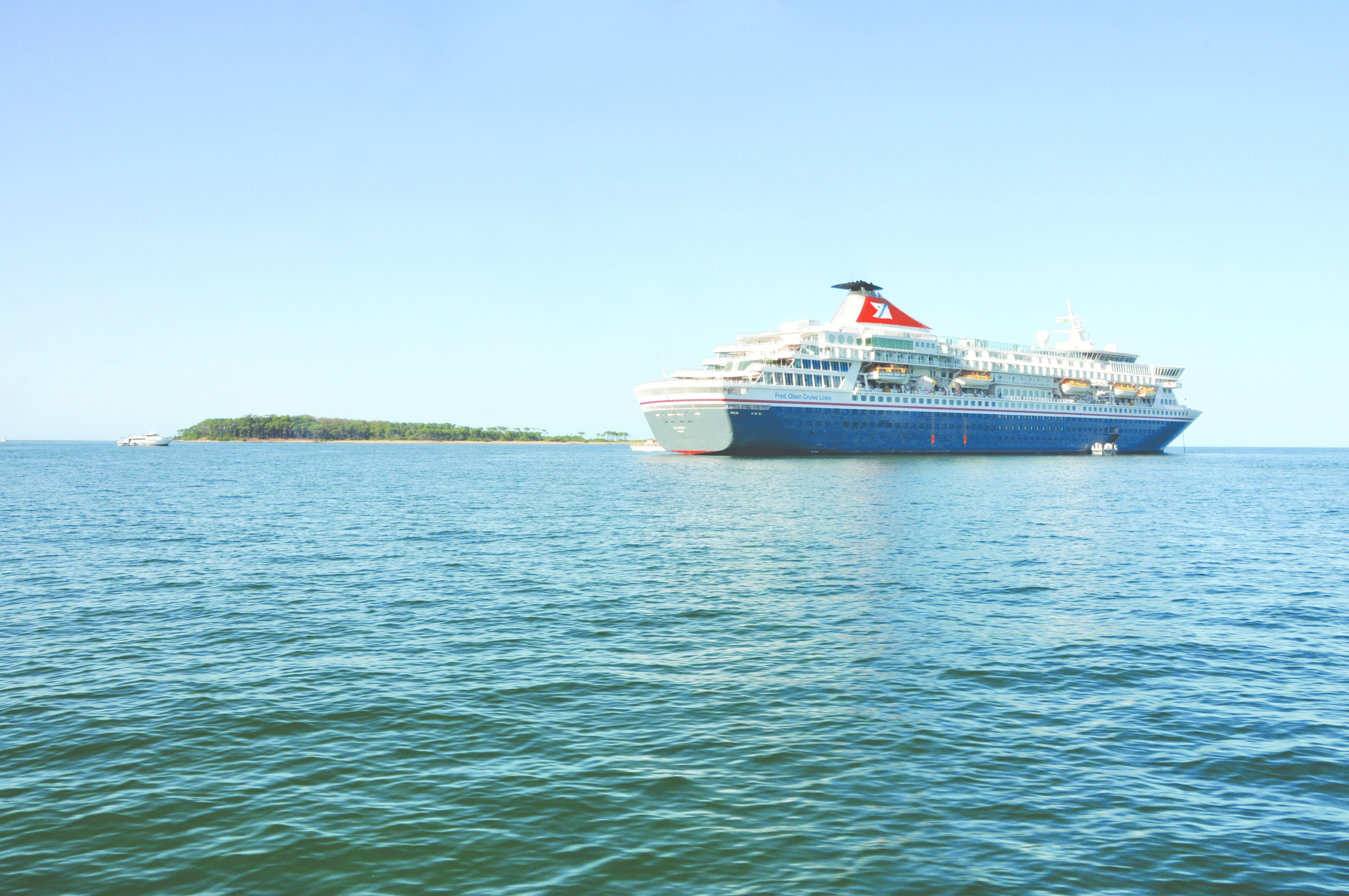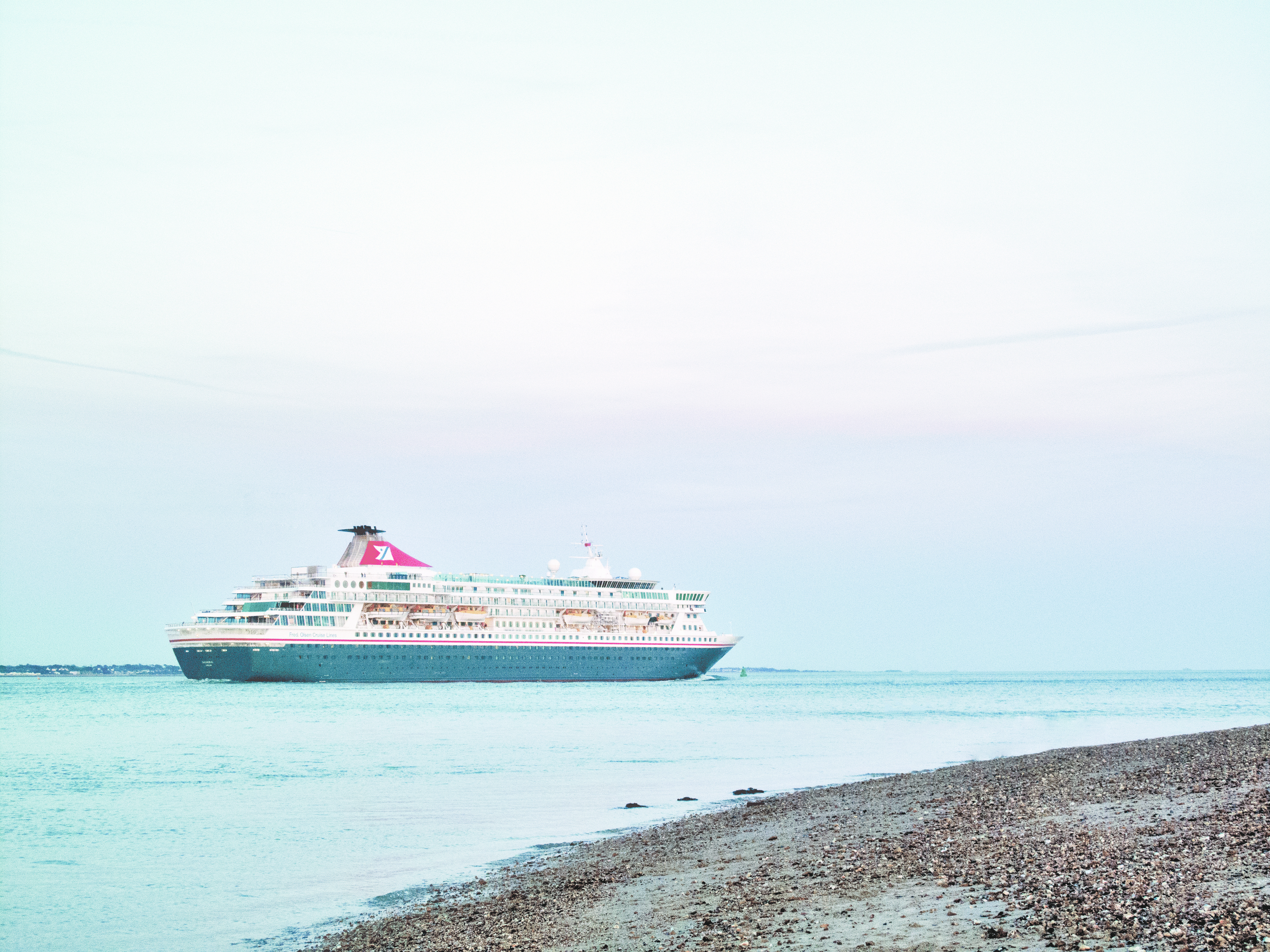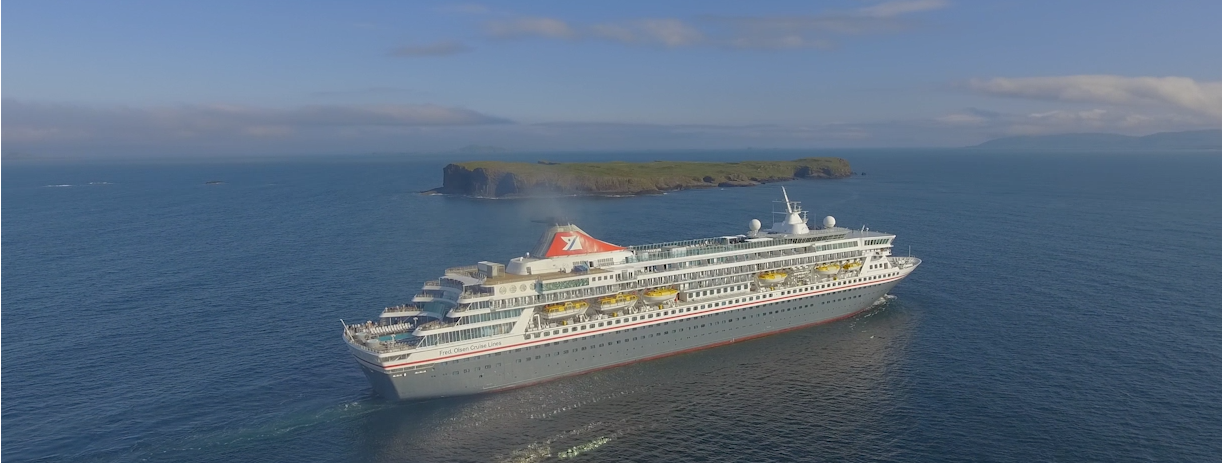Please complete the form below



Strategically situated midway between Sicily and North Africa, Malta is in every sense a Mediterranean crossroads – a tiny island with an epic and heroic history in which invasion and siege have seen the influence Romans, Phoenicians, Greeks, Arabs, Normans, Crusaders and, of course, Britain all leave an enduring mark upon its cultural heritage. The16th century walled capital of Valletta with its Grand Harbour is a treasure-chest bristling with Baroque architecture, its narrow streets a tempting honeycomb of colourful shops and stalls.
There’s no mistaking the past wealth and proud spirit of this ‘Jewel of the Adriatic’, perched on Croatia’s Dalmatian Coast. An independent city-state for 600 years until conquered by Napoleon, Dubrovnik survives, despite recent events, as one of Europe’s best preserved medieval cities – a timeless architectural showpiece, whose graceful churches and cloisters, palaces and fountains, mellow Baroque facades and encircling ancient walls, all seem more stage set than reality.
In the heart of Dalmatia, the largest Croatian city on the Adriatic coast dates back to the days of Diocletian. The old town is built around the harbour and much of the old city remains to this day. A visit to the Roman Palace of Emperor Diocletian is well worth a visit. Other notable site include the cathedral; the Temple of Jupiter; the Golden Gate; the Silver Gate; and Peristyle Square.
An island until the 19th Century, Koper is the main port in Slovenia and the gateway to Central Europe. The old town is abundant with architecture and cultural monuments. The richness of the culinary heritage, as well as the hospitality, kindness and attention of the native Slovenians, guarantees a pleasant visit.
The walled port of Zadar lies on the dramatic northern Dalmatian coast. Located between Rijeka and Split, it is quieter than its neighbouring resorts on the south coast and rich in history and natural beauty.
The capital of Dalmatia for many centuries, Zadar has an old network of narrow streets in which you can lose yourself marvelling at the roman ruins and Romanesque churches. The Zadar region oozes natural beauty and boasts 200 hidden islands and islets, bays and isthmuses that create an opportunity for all types of water sport activities.
Exploration of the archipelago is a must and a short boat ride will take you to the islands of Dugi Otok, Pašman and Ugljan.
If you want to explore further afield, Zadar is also the perfect base from which you can explore this part of Croatia and especially its national parks. It’s barely an hour from Krka National Park for some swimming and walking or Paklenica National Park if you fancy a spot of hiking or rock climbing.
The Old City is a highly preserved example of life in the Middle Ages, and the medieval architecture there has ensured its place as a UNESCO listed ‘World Natural and Historical Heritage Site’.
This beautiful Greek island may have a chequered past, but its interesting history, stunning natural beauty and glorious climate make it one of the most appealing holiday destinations in Europe. Ruled by many foreign powers in its time, the Roman, Byzantine, Venetian, French, and British influences are seen within the wide avenues, narrow flagstone alleys, open squares, ancient churches and fortresses of historic Corfu Town.
Aside from Corfu’s seemingly endless stretches of fine beaches and azure blue waters, the island’s main attraction is the historic Old Town – an UNESCO World Heritage Site. Recognised for its diverse mix of Renaissance, Baroque and Classical architecture, the Old Town is home to stunning palaces, vast fortresses and charming public buildings. The 15th century Old Fortress, New Fortress and imposing Church of St. Spyridon in particular are must-visit sites, while Spianáda – the largest square in the Balkans and one of Corfu’s most impressive places – is awash with stunning French architecture from the 19th century and worth visiting too.
Capital of the ruggedly beautiful Crete, largest of the Greek Islands, whose ancient legends and history dates back 5,000 years to the Minoans, Europe’s first civilisation. Here was born Zeus, king of the gods, and here at the site of Knossos was the fabled labyrinth where Theseus slew the Minotaur. Greeks, Romans, Byzantines, Venetians and Turks have all left their mark, and more recent monuments to the battles of World War II abound.

Balmoral is named after the Scottish residence of the British Royal Family, and the Scottish theme runs throughout the main dining venues – the Ballindalloch, Avon and Spey – where guests can enjoy tantalising menus prepared by our expert chefs.
Featuring 710 well-appointed rooms and suites and a selection of comfortable lounges, bars and inviting public areas, Balmoral provides guests with ample space in which to relax and share a memorable cruise experience with hundreds, not thousands, of fellow travellers. And, as our guests have come to expect, there is always an array of superb entertainment on offer throughout the day, from lectures and hobby classes to live cabaret and comedians, ensuring you can make the most of your time on board.
Balmoral is small enough to navigate size-restricted waterways such as the Kiel Canal, providing fantastic scenic cruising opportunities, and retains the warm, intimate and friendly atmosphere that the Fred. Olsen fleet is renowned for.
Finding the latest prices
Please complete the form below